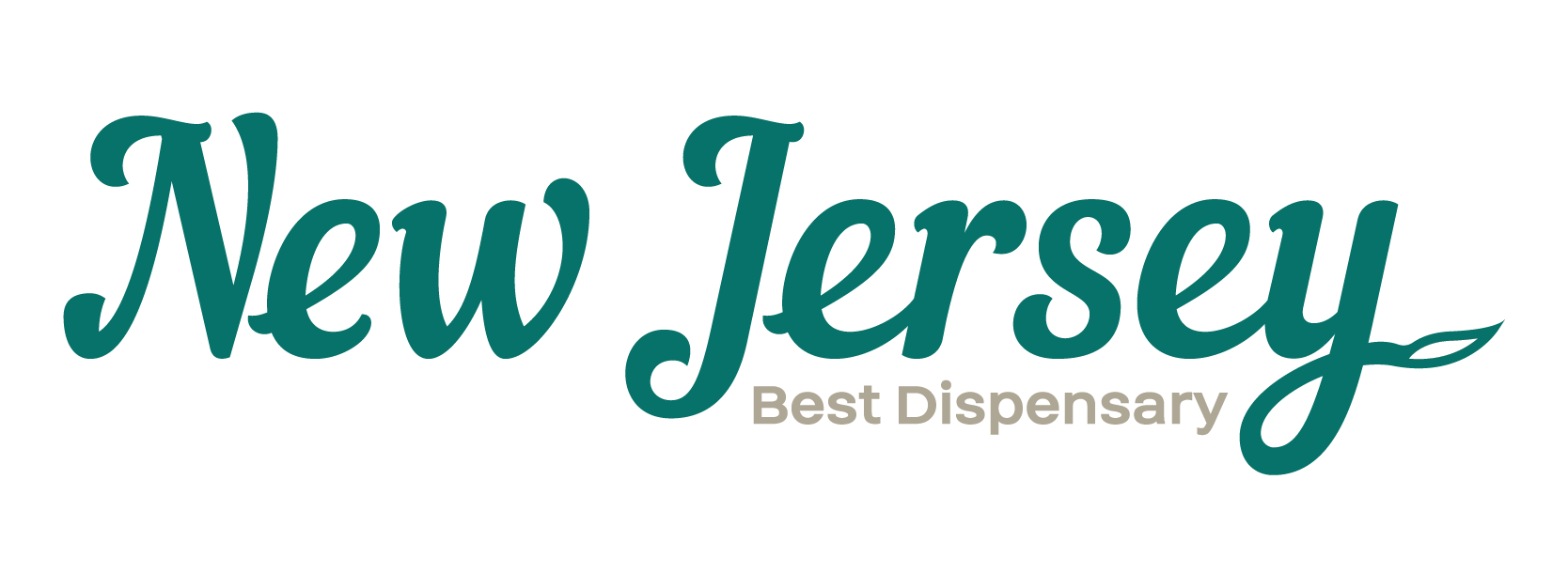In art studios, recording booths, writers’ retreats, and Silicon Valley boardrooms, one ancient plant keeps sparking new ideas—cannabis. Once buried in stigma, cannabis is now openly embraced by a generation of creatives who swear by its power to unlock innovation, imagination, and flow. And science is beginning to catch up with what many artists and entrepreneurs have known all along: cannabis can enhance creativity when used mindfully.
From Bob Marley’s iconic reggae rhythms to Steve Jobs’ futuristic vision for Apple, stories of cannabis inspiring brilliance are woven into the cultural tapestry. But is there more than myth behind the smoke?
Discover More: Bob Marley’s Lasting Legacy in the Cannabis Industry
According to a 2022 study published in the Journal of Cannabis Research, low to moderate doses of THC—cannabis’s main psychoactive compound—can increase divergent thinking, a hallmark of creativity. Divergent thinking is the brain’s ability to generate many solutions to a single problem, fueling everything from songwriting to product design.
Dr. Alice Weaver, a neuroscientist at UCLA who studies cannabis and cognition, explained in an interview with National Geographic, “Cannabis interacts with the brain’s endocannabinoid system, which plays a role in mood, memory, and cognition. In some users, it seems to help dislodge conventional thought patterns, allowing new perspectives to emerge.”
This aligns with the experience of artists like Kendrick Lamar, who has publicly credited cannabis as a part of his creative routine. Lamar’s album To Pimp a Butterfly, considered one of the most innovative hip-hop albums of the 21st century, was created during sessions where cannabis played a supporting role. Similarly, Lady Gaga told 60 Minutes she uses cannabis to help manage pain and get into a creative zone.
It’s not just the music industry that’s feeling the high. In a 2023 Rolling Stone profile, multiple startup founders in tech admitted to microdosing THC edibles during brainstorming meetings. Their reasoning? The subtle shift in perception helps them “think around corners” without losing focus.
Still, cannabis isn’t a creative silver bullet. Experts caution that excessive use or the wrong strain can impair memory, focus, and productivity. “Creativity is about balance,” said Dr. Weaver. “Cannabis may open the door, but discipline walks you through it.”
The strain and setting matter, too. Sativa-dominant varieties like Durban Poison or Jack Herer are known for uplifting and cerebral effects, often preferred by creatives. Indicas, on the other hand, tend to relax the body and may be better suited for winding down after a burst of productivity.
As legalization spreads—currently, 24 states and Washington, D.C. have legalized recreational use—society is reevaluating not only the medical benefits of cannabis but also its role in human expression. Cannabis lounges, co-working studios, and even cannabis-infused art classes are springing up across places like Los Angeles, Miami, and Denver, offering a new kind of space for creative exploration.
Cannabis won’t replace hard work, inspiration, or talent. But for some, it serves as a creative catalyst—a muse in green. The ancient plant, once confined to the shadows, now stands as an unlikely partner in the pursuit of innovation, imagination, and artistry.
In the words of Steve Jobs: “The best way I would describe the effect of the marijuana and hashish is that it would make me relaxed and creative.” Turns out, he wasn’t alone.

